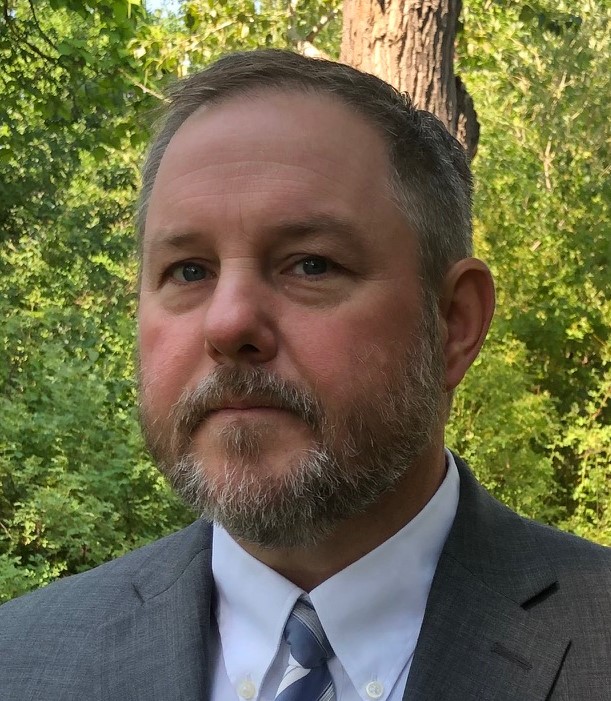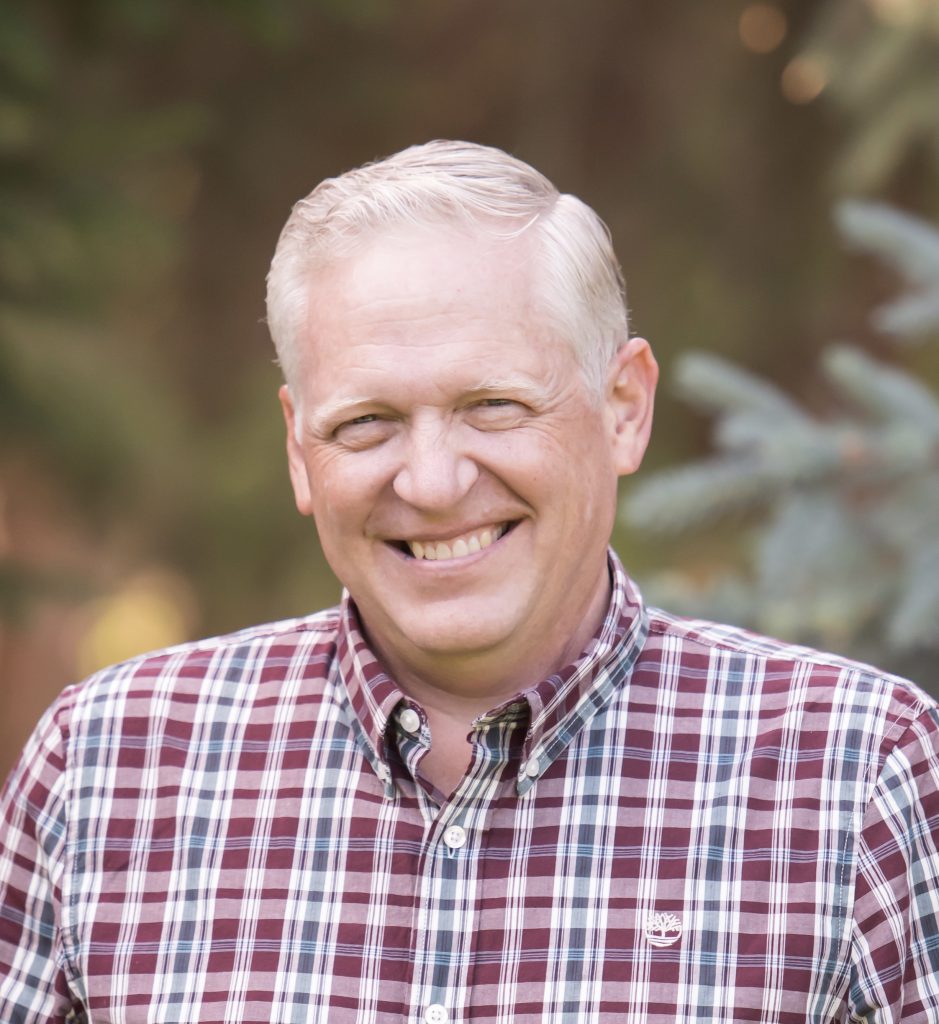The SLRA at 20: Is it Working or Not?
Christopher P. Grahm
Russell L. Johnson
Published May 2022

Introduction
In 2002, the Idaho Legislature unanimously passed the Small Lawsuit Resolution Act (“SLRA”). The SLRA was the culmination of a multi-year effort from both the plaintiff and defense bars, the judiciary, representatives from the insurance industry, and representatives of the business community. Now in its 20th year, the SLRA has remained largely unchanged since that time except for amending the original $25,000 limitation to $35,000. This article explores whether the SLRA has fulfilled its stated purpose of “reduc[ing] the cost of litigation” and expediting “the resolution of conflicts that have resulted in a lawsuit …,” discusses whether the SLRA has a viable future, and, if so, offers some practical suggestions for improving how the SLRA operates.
Analysis of SLRA statistics in recent years: what can they tell us?
According to statistics provided by the Idaho Administrative Office of the Courts, between 2011 and 2021, there were 717 cases where a party initiated proceedings under the SLRA – an average of approximately 65 cases per year. The highest number of cases since 2011 was in 2019, when there were 95 proceedings initiated. The lowest number cases occurred in 2021, when there were only 24 proceedings initiated. A total of 264 SLRA evaluator decisions were issued in the 717 cases. Of the 264 decisions, 38 resulted in request for trial de novo by the defendant and 16 resulted in a request for trial de novo by the plaintiff.
What can be gleaned from these numbers? First, it is noteworthy that only approximately 37% of proceedings initiated under the SLRA resulted in an actual decision by the SLRA evaluator. The logical conclusion is that these cases settled before they went to hearing, or possibly after hearing but before the SLRA evaluator issued a decision. If so, the SLRA appears to be fulfilling its goal of speeding up the resolution of lawsuits, albeit in a fashion that its drafters may not have contemplated, i.e., the mere initiation of SLRA proceedings is resulting in cases settling before the SLRA process is even complete.
Second, the paucity of requests for trial de novo likewise suggests that the SLRA is fulfilling its purpose. Parties filed for a trial de novo less on less than 25% of the evaluator’s decisions, meaning that the parties either accepted the evaluator’s decision or potentially reached a negotiated settlement after the decision but prior to the deadline for requesting a trial de novo.
Third, it appears the SLRA was gaining in popularity before the COVID-19 pandemic. The 95 cases in which a party initiated proceedings under the SLRA in 2019 were the highest in more than a decade. In 2020, that number dropped to 54, and in 2021 the number dropped to just 24. The precipitous drop in the number of proceedings initiated is puzzling since jury trials have been essentially non-existent the last two years, and the SLRA allows for remote testimony.
The future of the SLRA: Does it have one?
On their farms/ranches in Northern Wyoming and Southwestern Idaho, Jerry Johnson and Dick Graham always kept one or two crescent type adjustable wrenches on each tractor. These were usually bought used at pawn shops, because teenage sons had a bad habit of not properly securing them, and they frequently came up missing. These adjustable wrenches were not good for a lot of things. If the teenage farm “mechanic” wasn’t skilled and careful, a crescent wrench rounded off nuts and bolt heads and contributed to future problems.
A crescent wrench was never good for recessed areas, or for nuts or bolts that required precision and had to be torqued to a certain level. A real mechanic with a real shop would not be caught dead using such an imprecise tool.
Jerry and Dick also knew that sometimes a crescent wrench will dothe job, if the user understands the limitations and applications, and sometimes it willsave time, effort and headaches, if applied in the proper way, at the proper time, and with full appreciation and understanding for the tool.
Much like a crescent wrench, the SLRA is only good for what it is good for, and that is not everything. It is not flexible enough to solve every problem, and if applied incorrectly and imprecisely, it could even cause a degree of damage, or at least not add value. That does not mean that the tool can never be used successfully, and that its inherent limitations should eliminate it from any consideration.
“Much like a crescent wrench, the SLRA is only good for what it is good for, and that is not everything.”
How do you know if your case is a potential good fit for the SLRA?
1) Real, valid, good faith liability disputes and/or multiple defendants are almost never a good fit. It is too difficult for the losing party to determine if they should ask for a trial de novo or not, and on the plaintiff’s side, to determine whether counsel may be subjecting a client to attorney’s fees if they do not improve their position at trial. [1]
Further, a defense that a plaintiff was struck by multiple vehicles, and that perhaps each of them share liability for the collision will almost never be a good fit. Multiple contractual defendants also would be a problem. If the evaluator determines one defendant has all the liability, or that each share equally, or whatever proportion is chosen, it is almost always going to be a trial de novo. From the plaintiff’s perspective, if you don’t improve your position at trial against alldefendants, at least one of the defendants could ask for fees against the plaintiff. That is a dangerous position for plaintiff (and plaintiff’s counsel). [2]
2) High level expert testimony required to make or defend on causation is usually problematic. That type of case will usually have more than $35,000 in damages, but attorneys must be realistic if causation opinions can be reasonably obtained or not. If not, the SLRA is probably not the right tool.
3) Multiple plaintiffs are probably OK, if their interests generally align as to causation and liability. Each of them just needs to prove individual damages. Potential conflicts between drivers and passengers must always be evaluated for practical as well as ethical concerns. [3] A driver and an owner of a vehicle pursued together as adverse parties is usually fine because their interests are aligned.
4) SLRA utilization in cases where parties need to tell their story can be helpful to move the case forward. This can also be accomplished at times in a mediation setting,[4] but in some cases the semi-formality of the SLRA and the semi-adversarial nature of the proceeding can help a party feel validated by relating the facts to the third-party evaluator, who has the ability to provide judgment. It can also provide a “reality check” by having a neutral third party provide an unbiased evaluation.
5) Some attorneys (both plaintiff and defense) and some insurance companies have determined that the SLRA is not valuable, and they do not want to participate, or only to minimally participate and ask for a trial de novo in each case. They are entitled to that opinion, but it is unlikely to be a positive experience if one side forces the issue over the strong and deeply held objections of the other side.
Both sides do not have to be completely committed, but one party being completely averse to the SLRA process makes for unlikely odds for real progress. Time and money are probably better spent elsewhere. If you don’t know opposing counsel’s position on it, ask directly, or ask around for those who might know before you initiate.
Some things to consider
Inexperienced or lightly experienced attorneys should give the SLRA a try. It is a less intense laboratory to refine and improve trial skills. Even though the rules of evidence are fairly relaxed at the hearing, there is no rule that prohibits an attorney from doing a good job on the direct examination of their client or on the cross-examination of the opposing party. The client and attorney both have the benefit of a semi-informal practice run.
If an expert testifies, even by phone or via Zoom,[5] the attorney can practice direct and cross-examination skills there as well. Defense counsel sometimes do not want to be super aggressive in this setting, and not all cards have to be shown, but some pointed and tight cross-examination may also be possible.
Opening statements (regularly waived, but each party has to make their own choice) and closing arguments are unlikely to rise to soaring oratory heights, but there is no reason they can’t be direct, practiced, and effective. Elements of the tort or contract at issue can be addressed and practiced, and counsel can point out where the other side fell short in their claims or defenses in a persuasive way.
Follow deadlines and rules. Expert reports should be timely filed.[6] Exhibits and witness lists must be timely filed. [7] Multiple objections to opposing counsel’s presentation will probably be viewed as bad form, but the intent behind the SLRA is not everything goes either. Think about what important objections and rules may apply.
A deposition or two is specifically allowed and may be very helpful to the case.[8] A defendant can also obtain a medical exam.[9] Relevant records or items deliberate not disclosed will rarely be productive, even if a formal answer to discovery is not then required. A “statement of damages” is required if requested. [10]
If a document is likely to be discoverable, why not produce it? If a plaintiff fails to produce perceived relevant items, the odds of a trial de novo increase substantially. The defense may have different considerations but holding back relevant and/or discoverable items is unlikely to move the case forward. If the goal is truly good faith resolution, an evaluation can help confirm or be the means to reassess case valuation.
Other attorney fee provisions apply, and should be utilized, including I.C. §12-120(1) or (4).[11]
Criticisms and improvement?
Practitioners informally surveyed by the authors have differing views. Some do not believe the SLRA has any value, and either will not initiate it, or will not meaningfully participate and automatically request trial de novo for any SLRA decision.
Without some sort of additional enforcement mechanism and teeth for failure to participate in good faith, the SLRA remains somewhat limited in its available scope. If both parties engage and participate in good faith, the resolution rate as noted above is fairly high, which is consistent with the authors’ experience.
Practitioners who either do not believe in “arbitration” as a valid means of dispute resolution, or who have determined that the SLRA does not provide value and are determined to not meaningfully participate in the process are unlikely to change their views, unless some amended and augmented provisions are added that will provide incentives and/or meaningful penalties for failure to participate in good faith. Exactly the reforms or amendments that may potentially be acceptable to both sides is beyond the scope of this article, but may be profitable to explore.
BIOs
Chris Graham is a partner at Brassey Crawford, PLLC. He grew up on a family farm in New Plymouth, Idaho. He graduated with a B.A. in history from Boise State University in 1995 and received his J.D., cum laude, from the University of Idaho College of Law in 2000, where he was Editor-in-Chief of the Idaho Law Review. Chris is currently the Chairperson of the Idaho Legal History Section and Board Member/Secretary of the Idaho Association of Defense Counsel. In the last ten years, he has served as an SLRA evaluator in more than two hundred cases.
Russell L. “Russ” Johnson has been a shareholder in the firm Johnson & Lundgreen, PC since 1998. He is President-Elect of ITLA and is certified as a Civil Trial Specialist by the ITLA. He only handles Plaintiff’s Personal Injury claims. He has participated in more than a hundred SLRA hearings as an attorney and evaluator. He enjoys being in wild places and being Grandpa to his four grandkids. He grew up in Northern Wyoming but has been home in Idaho since 1993.

Chris Grahm is a partner at Brassey Crawford, PLLC. He grew up on a family farm in New Plymouth, Idaho. He graduated with a B.A. in history from Boise State University in 1995 and received his J.D., cum laude, from the University of Idaho College of Law in 2000, where he was Editor-in-Chief of the Idaho Law Review. Chris is currently the Chairperson of the Idaho Legal History Section and Board Member/Secretary of the Idaho Association of Defense Counsel. In the last ten years, he has served as an SLRA evaluator in more than two hundred cases.

Russell L. “Russ” Johnson has been a shareholder in the firm Johnson & Lundgreen, PC since 1998. He is President-Elect of ITLA and is certified as a Civil Trial Specialist by the ITLA. He only handles Plaintiff’s Personal Injury claims. He has participated in more than a hundred SLRA hearings as an attorney and evaluator. He enjoys being in wild places and being Grandpa to his four grandkids. He grew up in Northern Wyoming but has been home in Idaho since 1993.
[1] I.C. § 7-1509(5)
[2] Id.
[3] See generally, I.R.P.C. 1.8. Other rules and requirements may apply.
[4] Mediation is available inside or outside the structure of the SLRA. I.C. § 7-1503(3)
[5] I.C. § 7-1508(5)
[6] I.C. § 7-1507(1)(c) and I.C. § 7-1508(7)
[7] I.C. § 7-1508(4)
[8] I.C. § 7-1507(b)
[9] I.C. § 7-1509(c)
[10] I.C. § 7-1507(1)(a)
[11] I.C. § 7-1509(9). See also Lake v. Purnell, 143 Idaho 818, 153 P.3d 1164 (Idaho 2007)

